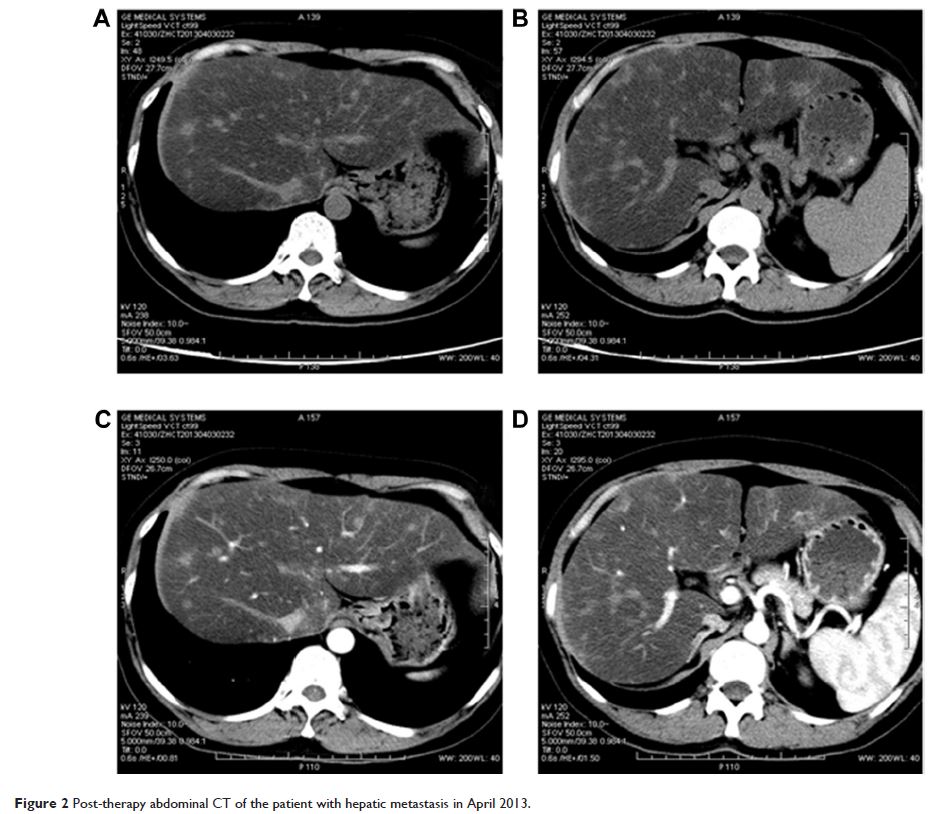9 9 6 5 3
论文已发表
注册即可获取德孚的最新动态
IF 收录期刊
- 3.3 Breast Cancer (Dove Med Press)
- 3.4 Clin Epidemiol
- 2.5 Cancer Manag Res
- 2.9 Infect Drug Resist
- 3.5 Clin Interv Aging
- 4.7 Drug Des Dev Ther
- 2.7 Int J Chronic Obstr
- 6.6 Int J Nanomed
- 2.5 Int J Women's Health
- 2.5 Neuropsych Dis Treat
- 2.7 OncoTargets Ther
- 2.0 Patient Prefer Adher
- 2.3 Ther Clin Risk Manag
- 2.5 J Pain Res
- 2.8 Diabet Metab Synd Ob
- 2.8 Psychol Res Behav Ma
- 3.0 Nat Sci Sleep
- 1.8 Pharmgenomics Pers Med
- 2.7 Risk Manag Healthc Policy
- 4.2 J Inflamm Res
- 2.1 Int J Gen Med
- 4.2 J Hepatocell Carcinoma
- 3.7 J Asthma Allergy
- 1.9 Clin Cosmet Investig Dermatol
- 2.7 J Multidiscip Healthc

原发性神经内分泌乳腺癌:文献的回顾性分析和综述
Authors Yang X, Cao YD, Chen C, Liu L, Wang C, Liu SC
Received 27 May 2016
Accepted for publication 2 September 2016
Published 18 January 2017 Volume 2017:10 Pages 397—407
DOI https://doi.org/10.2147/OTT.S113736
Checked for plagiarism Yes
Review by Single-blind
Peer reviewers approved by Dr Jia Fan
Peer reviewer comments 3
Editor who approved publication: Dr Ingrid Espinoza
Background: Primary neuroendocrine breast carcinomas (NEBCs) are a rare type of
breast carcinomas that lack comprehensive recognition, including the
clinicopathological features, therapeutic strategies, and prognostic
significance. The aim of this retrospective analysis is to present and analyze
our own data of primary NEBCs.
Materials and methods: We retrospectively reviewed the medical records from
2005 to 2015 in The First Affiliated Hospital of Chongqing Medical University,
Chongqing, People’s Republic of China to obtain a cohort of breast carcinoma
patients who were confirmed to have primary NEBC by histopathology. The
detailed clinical data along with histopathology, treatment, and follow-up
aspects were gathered for analysis.
Results: This retrospective analysis included 19 patients with
a histopathological diagnosis of primary NEBC from 2005 to 2015. Their mean age
was 59.2 years (ranging from 17 to 82 years). The majority of
patients (15/19) focused on stages I and II. Of the 15 patients, 14 were
positive for estrogen receptor, and 11 were positive for progesterone receptor.
For neuroendocrine markers, the expression rates were 8/19, 14/18, 12/14, and
2/6 for chromogranin A, synaptophysin, neuron-specific enolase, and CD56,
respectively. All operable patients except the one stage M1 underwent a surgery
and 4/18 had axillary lymph node metastasis. Chemotherapy was performed in
12/19, and endocrine therapy in 8/10. With a median follow-up of
59.2 months, only 2 cases progressed after postoperative systemic therapy.
Conclusion: The understanding of NEBC is limited due to its
rarity. More evidence should be provided to enhance the understanding of NEBC,
especially for diagnosis, treatment, and prognosis.
Keywords: primary neuroendocrine breast
carcinomas, diagnosis, therapy, follow-up
